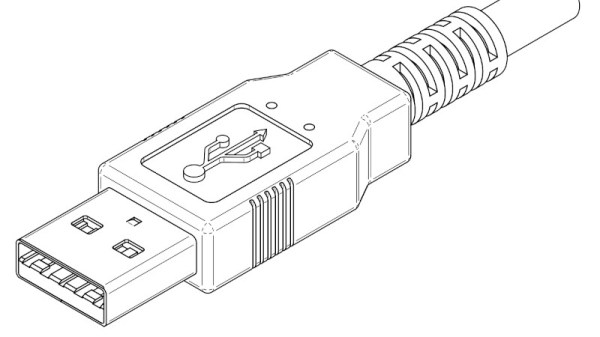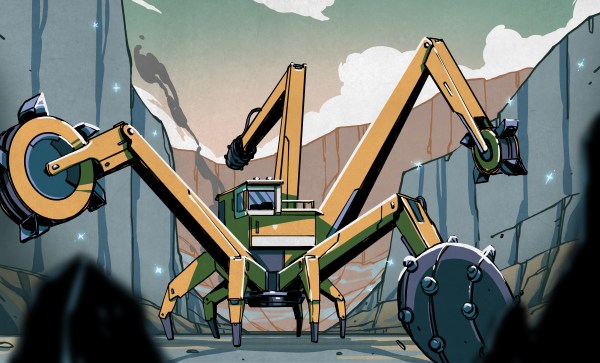Perhaps one of the clearest indications of the Anthropocene may be the presence of plastic. Starting with the commercialization of Bakelite in 1907 by Leo Baekeland, plastics have taken the world by storm. Courtesy of being easy to mold into any imaginable shape along with a wide range of properties that depend on the exact polymer used, it’s hard to imagine modern-day society without plastics.
Yet as the saying goes, there never is a free lunch. In the case of plastics it would appear that the exact same properties that make them so desirable also risk them becoming a hazard to not just our environment, but also to ourselves. With plastics degrading mostly into ever smaller pieces once released into the environment, they eventually become small enough to hitch a ride from our food into our bloodstream and from there into our organs, including our brain as evidenced by a recent study.
Multiple studies have indicated that this bioaccumulation of plastics might be harmful, raising the question about how to mitigate and prevent both the ingestion of microplastics as well as producing them in the first place.
Continue reading “Plastic On The Mind: Assessing The Risks From Micro- And Nanoplastics”
















